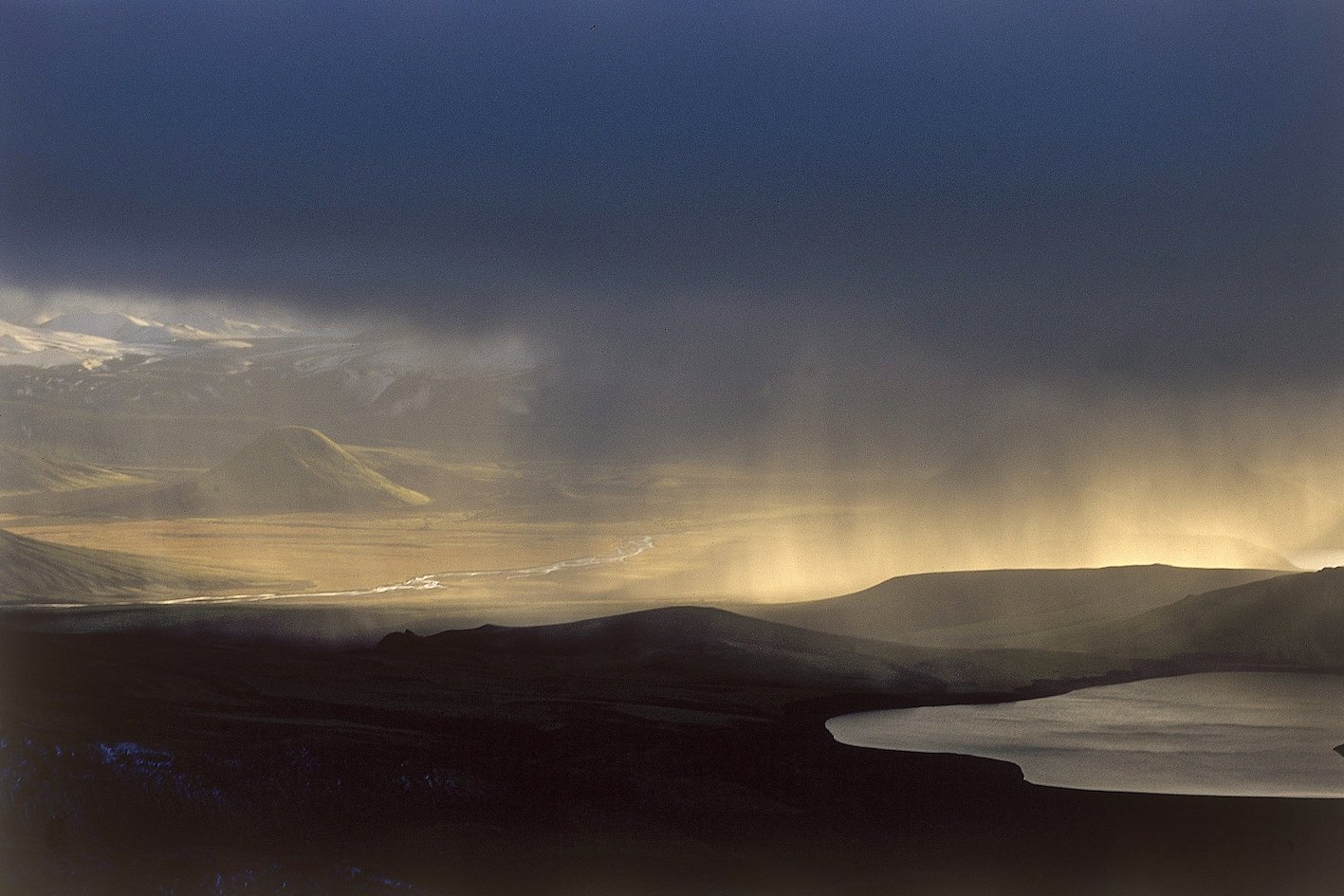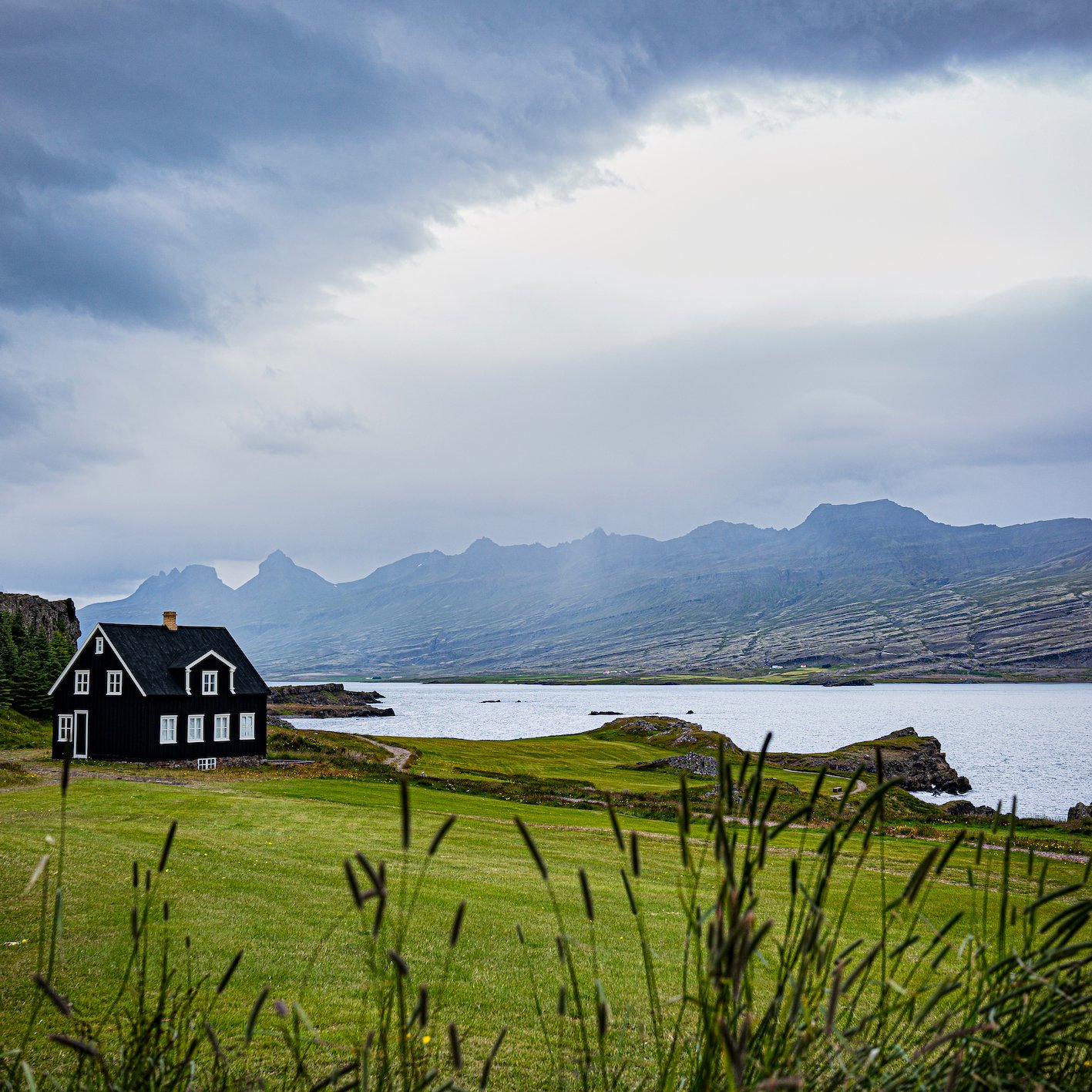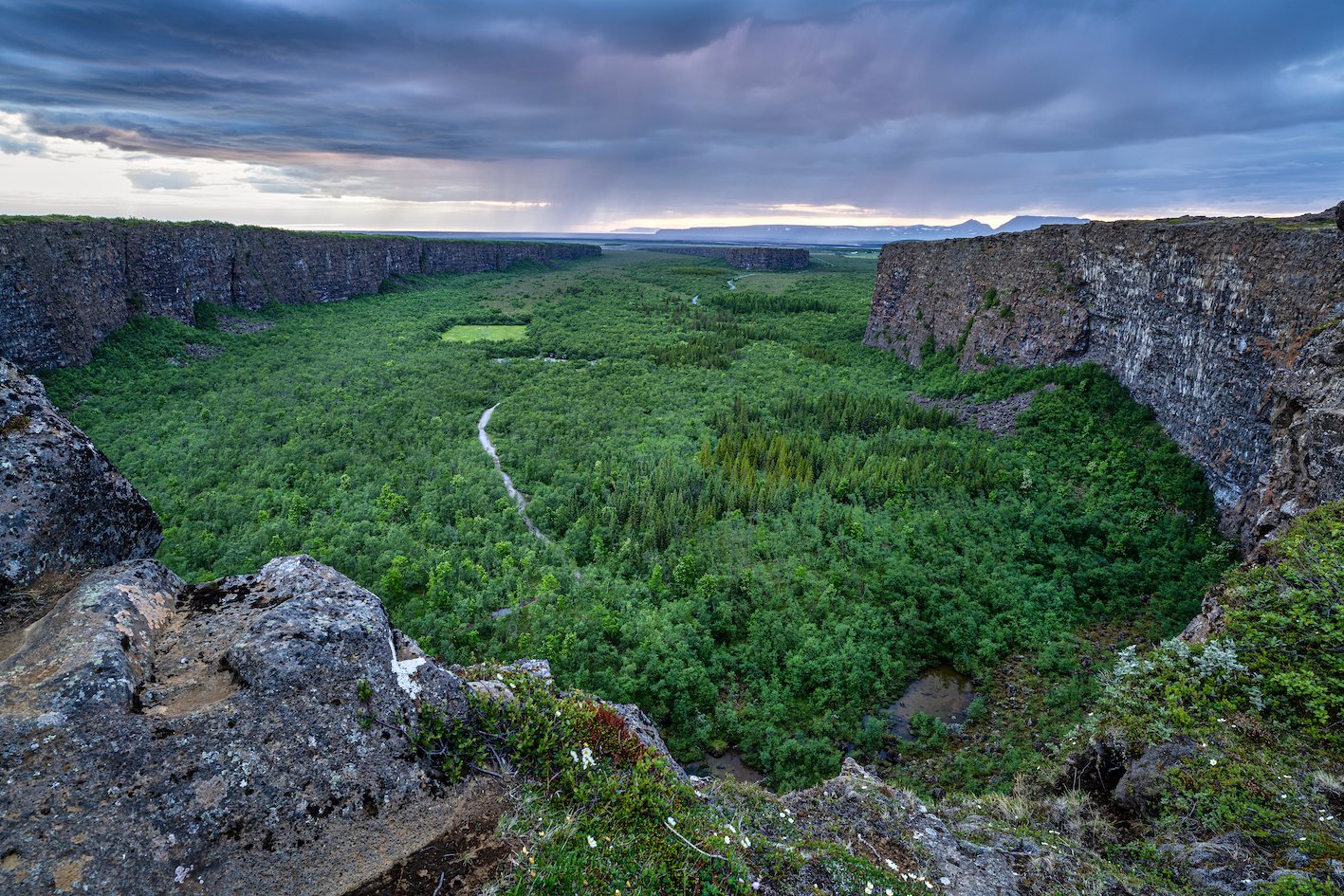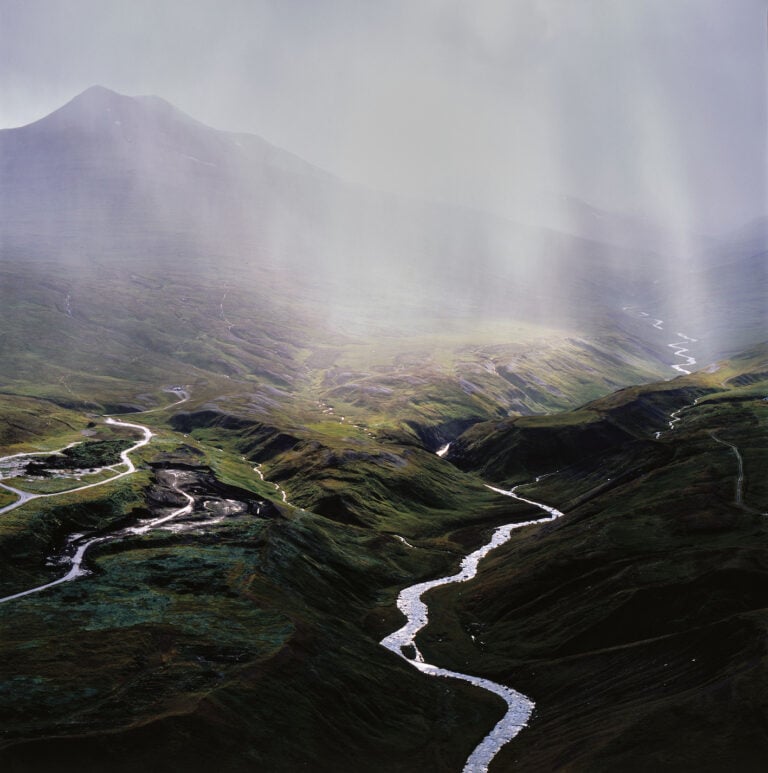July is the warmest month of the year in Iceland. Given the country’s location, it is relatively warm here on average, with mild winters and cool summers. According to the Icelandic Meteorological Office, the average temperature in July in the capital, Reykjavík, was 11°C / 52°F, the same as in Bolungarvík in the Westfjords and Stykkishólmur on Snæfellsnes. It was warmest in July in the north, in Akureyri and Ásbyrgi, at about 13°C / 55.5°F. Among lowland weather stations, it was coldest at Teigarhorn by Berufjördur in the Eastfjords, with an average temperature of just over 9°C / 48°F. Interestingly, Teigarhorn has recorded Iceland’s highest temperatures twice, peaking on June 22, 1939, when it just exceeded 30°C (86°F) – a rare heatwave in the North Atlantic region.
However, this July was not only cold, being one degree below the average of the last thirty years, but it was also noticeably wet, with 80% more rainfall in the capital than usual, and only 111 hours of sunshine, which is 72 hours fewer than Icelanders are accustomed to. However, better times will surely come; winter should be bright and warm—or then again, maybe not. The advantage of living in Iceland is that you never know about the weather, which is so completely unpredictable.




 Teigarhorn, where it happens to be both hot and cold
Teigarhorn, where it happens to be both hot and cold

Ísland 06/08/2024 : RX1R II, A7R IV A7R III – 2.0/35mm Z, FE 1.2/50mm GM, FE 2.8/100m GM, FE 1.8/20mm G – Photos & text : Páll Stefánsson


